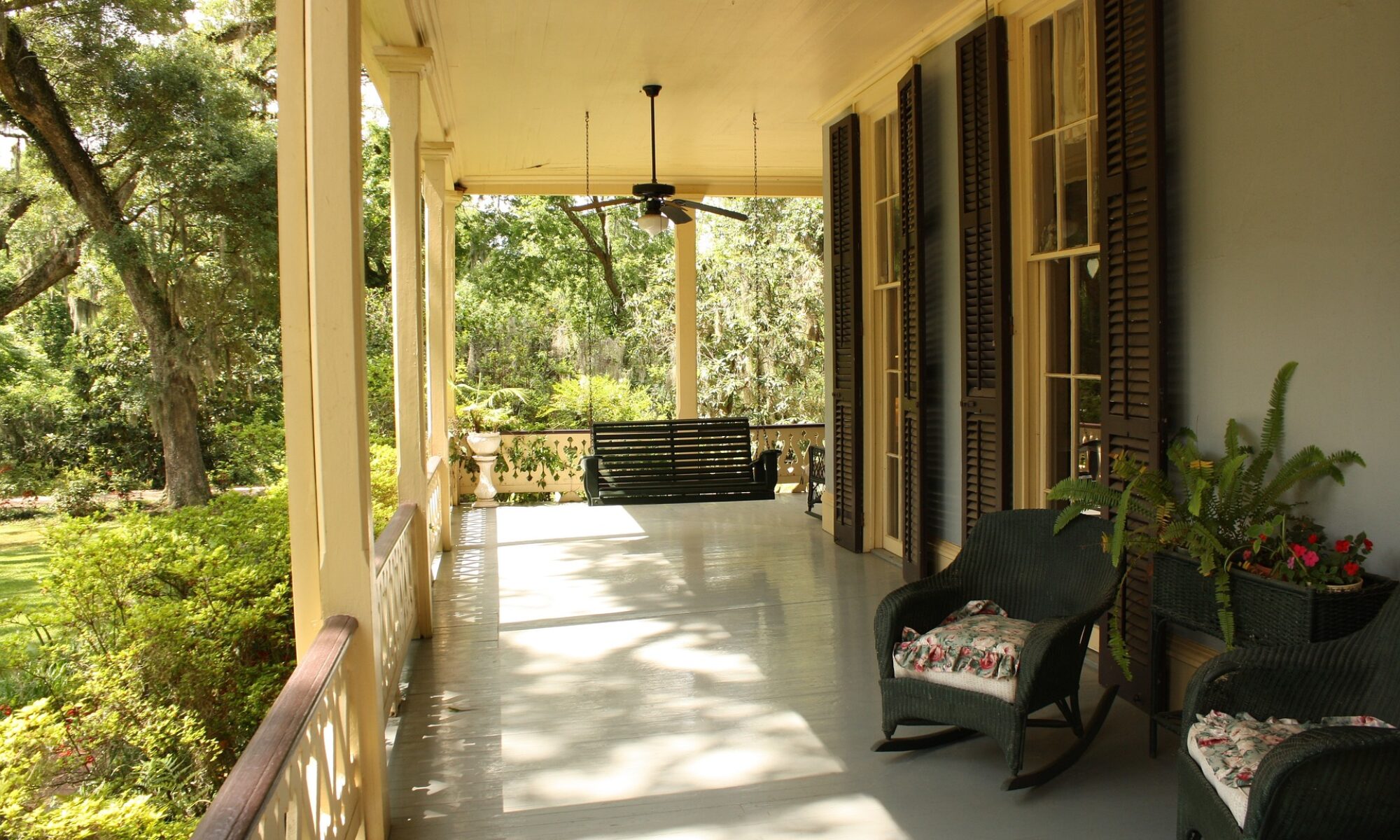CNBC (the news network) recently reported that mortgage applications were down 6% in June. This week over week number fails to note that mortgage applications are still up 7.8% when compared year over year. Even though interest rates are approximately .375% higher than this time last year, demand remains high. The National Association of REALTORS (NAR) expects home prices to rise another 4% in 2017, after a healthy 6% increase last year.
So why are applications down? Lack of inventory!

Homes are again viewed as a good long-term investment. Even those paying private mortgage insurance on their mortgage are enjoying massive home appreciation. The average home buyer in the US is earning $13,000 per year in equity. In Portland, Oregon where prices rose nearly 13% in 2016, homeowners earned over $46,000 in home appreciation last year alone.
But what if rates go up? Mortgage rates change quickly with the economy, and with shifts in market sentiment. Mortgage-backed securities (MBS), the Wall Street asset upon which mortgage rates are ‘made,’ have been waiting for a reason to move one way or another. This has rates on shaky ground.
The average conventional 30-year fixed rate mortgage started June at just 3.95%. That’s down 7 basis points (0.07%) compared to the first week of May. These rates are down considerably as compared to January, when the thirty-year rate hit 4.20%. It’s still an advantageous time to be a buyer, but it may not stay that way for long.
MBS pricing responds to various economic influences, including the Federal Reserve’s monetary policy, jobs market reports, geopolitical concerns and forecasts for the new administration’s stance on economic issues. The Federal Reserve hiked rates on June 14th, and we could still see one more rate hike before the year end. The hike will immediately raise costs for homeowners with a home equity line of credit (HELOC) or any other debt based on Prime rate.
Fortunately, there’s no such direct relationship to mortgage rates. Over the last two decades, the Fed Funds Rate and the average 30-year fixed rate mortgage rate have differed by as much as 5.25%, and by as little as 0.50%. The Fed influences fixed mortgage rates, but doesn’t control them.
We don’t expect dramatic 30-year fixed mortgage rate swings after the Fed meetings. Rather, markets build in hikes long before they happen. The Fed makes its move known long before the meeting itself, in a series of statements and speeches by Fed members. Massive swings occur when the unexpected happens!
Mortgage shoppers should take note. Waiting for rates to go down could be an unwise move. The Fed, armed with every economic report available, says rates will only rise in coming years; 2017 could be the last opportunity at sub-4% rates in the next few decades.
So what is the mortgage industry doing in response to this high price, low interest and low inventory environment?
I serve two desirable markets limited by lack of inventory: Portland and Bend. Average median home prices within both city limits are increasing rapidly, forcing buyers to look outside to the surrounding areas for affordability. Those who do choose the city center are willing to pay for it. That means jumbo loans are back and very competitive.
During the mortgage crisis, jumbo loans all but disappeared. The ones that remained came with insurmountable guidelines for homeowners to meet. High down payments, interest rates, and credit standards made jumbo loans nearly obsolete. But jumbo loans have re-entered the lending landscape. In fact, jumbo mortgage rates are now nearly as low as conforming rates.
What is a jumbo mortgage? A jumbo mortgage finances loan amounts over $424,100 (the conforming loan limit in OR). Conforming loans meet guidelines established by Fannie Mae or Freddie Mac and can be easily sold to investors. A jumbo mortgage is often retained by the investor, and so the person with the money gets to make the rules. The underwriting requirements are similar to conforming guidelines but they are very detailed with less room for exception and often require some additional documentation and time needed to complete. It is a very viable loan product with competitive rates, but only for organized buyers who can accurately document their ability to qualify for it.
Other loan types have emerged to assist with this higher priced market as well. Fannie Mae and Freddie Mac have rolled out new programs for a wider array of buyers. An option called HomeReady requires just 3% down and is available to those with modest incomes.

Guild Mortgage has also recently announced a 1% down conventional loan. It is still structured as a 3% down conforming loan but the buyer’s personal contribution is only 1% and Guild Mortgage will contribute an additional 2% via a forgivable grant for the qualified buyer! The buyer moves in with 3% equity for only 1% down payment from personal funds.
For mortgage applicants with student loans, Fannie Mae has introduced easier qualification standards. Also, a Student Loan Cash-Out refinance program is now in available, with which homeowners can use their home equity to pay off student loans.
Not to be outdone, the government-backed VA home loans offer lenient credit requirements and are available to home buyers who have served in the U.S. military. There is no down payment necessary, and no monthly mortgage insurance charged.
FHA loans are still extremely popular for first-time homebuyers. Flexible lending requirements allow new graduates to obtain an approval just after starting their careers.
In this environment, finding the right home may be more difficult than financing it!










